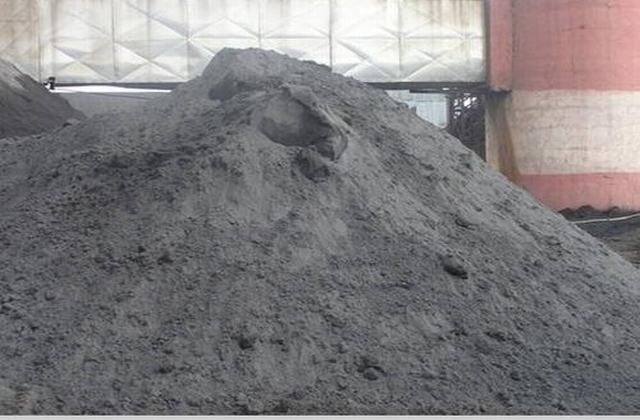Fly ash is a fine powdery substance and a by-product of coal based thermal power stations. Fly ash is recovered from the emissions mainly by electrostatic precipitator or filter bags. History of fly ash started more than 2000 years ago when Romans used volcanic ash generated from volcanoes in their concrete structures. Roman structures are classic examples of concrete durability achieved by ash.
Class "f" fly ash
The burning of anthracite and bituminous coal produces Class F fly ash. This fly ash is pozzolanic in nature, and contains less than 9% lime (CaO). Class F fly ash requires a cementing agent, such as Portland cement, quicklime, or hydrated lime—mixed with water to react. Alternatively, adding a chemical activator such as sodium silicate (water glass) to a Class F ash can form a geo-polymer.

Fly Ash
Fly Ash